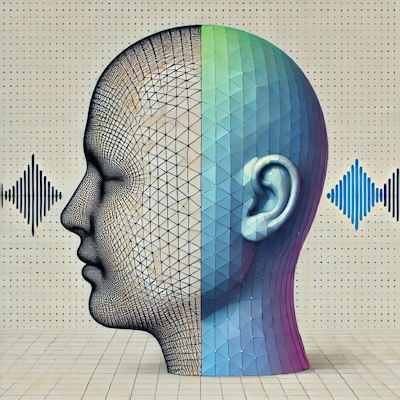M.S. Candidate: Ümit Eronat
Program: Multimedia Informatics
Date: 29.11.2024 / 10:00
Place: A-212
Abstract: 3D modeling is crucial in various fields, including architecture, engineering, entertainment, and virtual reality, as it enables the precise visualization, simulation, and analysis of complex structures and systems, thereby enhancing design accuracy, creativity, and innovation. Depicting a detailed virtual 3D scene with a vision to display high levels of realism requires, first and foremost, producing exceptional 3D models. The increasing complexity and detail of such exceptional 3D models lead to significant data consumption, posing challenges in storage, transmission, and real-time rendering. This substantial data requirement hampers the efficiency of computational resources, limits accessibility for users with lower bandwidth capabilities, and impacts the performance of applications relying on 3D graphics, such as virtual reality, gaming, and digital design. On account of this, the mission of 3D mesh simplification algorithms is to optimize the representation of complex geometric models by reducing their computational load while preserving critical visual and structural integrity, thereby enhancing performance, efficiency, and accessibility across diverse applications. By narrowing down this diversity in an application, using a specific visual illusion to achieve a certain level realism in a 3D scene, this thesis is centered on the idea to comparatively analyze various mesh simplification algorithms to provide model designers with effective strategies for producing 3D models. The main aim of this study is i) to demonstrate how the mesh simplification algorithms keep producing satisfying results, even on a task as challenging as sustaining a novel visual illusion, and ii) to assess how these algorithms compare against each other in terms of effectiveness.
